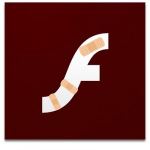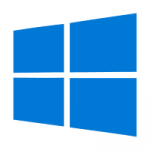 You know, it’s theoretically possible that we could get a Patch Tuesday with no updates to install. We’ve had months like that for Adobe products. Not for Microsoft, though, at least not in my memory.
You know, it’s theoretically possible that we could get a Patch Tuesday with no updates to install. We’ve had months like that for Adobe products. Not for Microsoft, though, at least not in my memory.
Anyway… this month from Microsoft we have thirty-four updates, addressing seventy-five security vulnerabilities in Internet Explorer, Edge, Flash in Microsoft browsers, Office, and Windows. At least that’s what my analysis shows. The source of this information, Microsoft’s Security Update Guide, is a complex beast.
Reminder: these updates are only for versions that are still supported. Windows XP is no longer supported, and Windows 7 won’t be for much longer. Versions of Office older than 2010 are no longer supported, and Office 2010 support will end later in 2019.
 It was a busy month for Adobe, with updates to Flash, Reader, and Shockwave.
It was a busy month for Adobe, with updates to Flash, Reader, and Shockwave.
Flash 32.0.0.171 includes fixes for two vulnerabilities in earlier versions.
Acrobat Reader DC, the variant of Adobe’s Acrobat/Reader product line you probably use, is up to version 2019.010.20099. The new version addresses twenty-one vulnerabilities in earlier versions.
Shockwave Player 12.3.5.205 addresses seven security bugs in earlier versions. You’re slightly less likely to have this software installed on your computer, but it’s worth checking if you’re not sure.
There are links to download the new versions on all the release announcement pages linked to above.
 boot13
boot13 From Adobe, we get a new version of Flash, to go along with last week’s new version of Reader.
From Adobe, we get a new version of Flash, to go along with last week’s new version of Reader. Last week
Last week  Last month, after users reported file deletion issues, Microsoft took the Windows 10 October Update offline. Yesterday, the (now fixed) update was again
Last month, after users reported file deletion issues, Microsoft took the Windows 10 October Update offline. Yesterday, the (now fixed) update was again